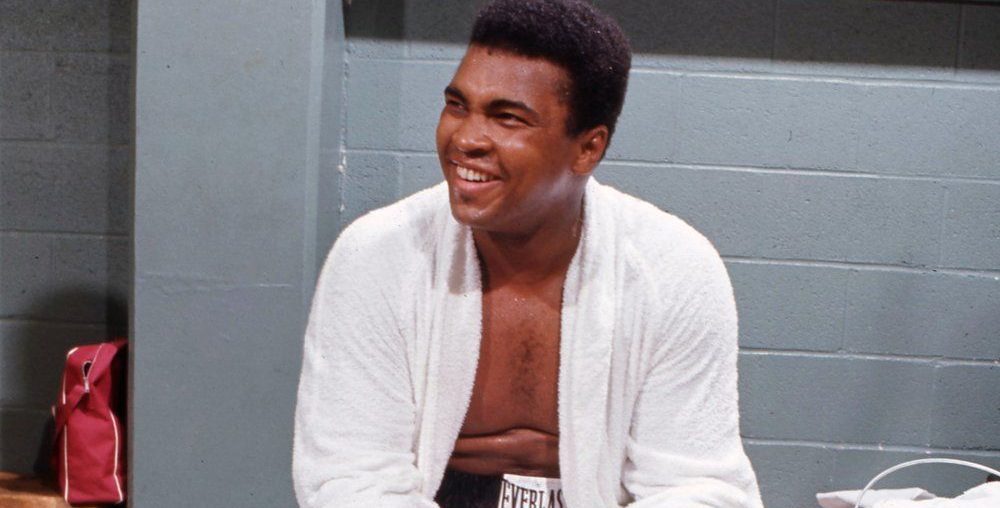Muhammad Ali’s Net Worth 2025: The Goat's Fortune Explored.
Muhammad Ali, born Cassius Marcellus Clay Jr. on January 17, 1942, is widely regarded as one of the greatest athletes of all time. His boxing career, coupled with his activism, personal charisma, and cultural influence, made him a global icon. Ali’s journey was marked not only by triumphs inside the boxing ring but also by his controversial and significant roles in society. This article takes a deep dive into Muhammad Ali’s net worth, career achievements, personal life, and answers some common questions about his financial legacy.

Muhammad Ali’s Net Worth
At the time of his death in 2016, Muhammad Ali’s net worth was estimated to be between $50 million and $80 million. This figure may seem relatively low considering his immense cultural influence and the fortunes earned by other athletes of his stature, but Ali’s financial journey was fraught with challenges, including debt, legal battles, and failed business ventures. However, in the years following his passing, Ali’s estate has continued to generate substantial revenue through his name and image, with estimates of his posthumous earnings reaching tens of millions annually.
RELATED: How Much Money Did Muhammad Ali Have in Today's Money?
Ali’s wealth was built not just from his boxing career, but also from his business dealings, endorsement deals, and licensing agreements. While he didn’t always make the smartest financial decisions during his lifetime, his enduring legacy has ensured that his financial influence continues to grow long after his death.
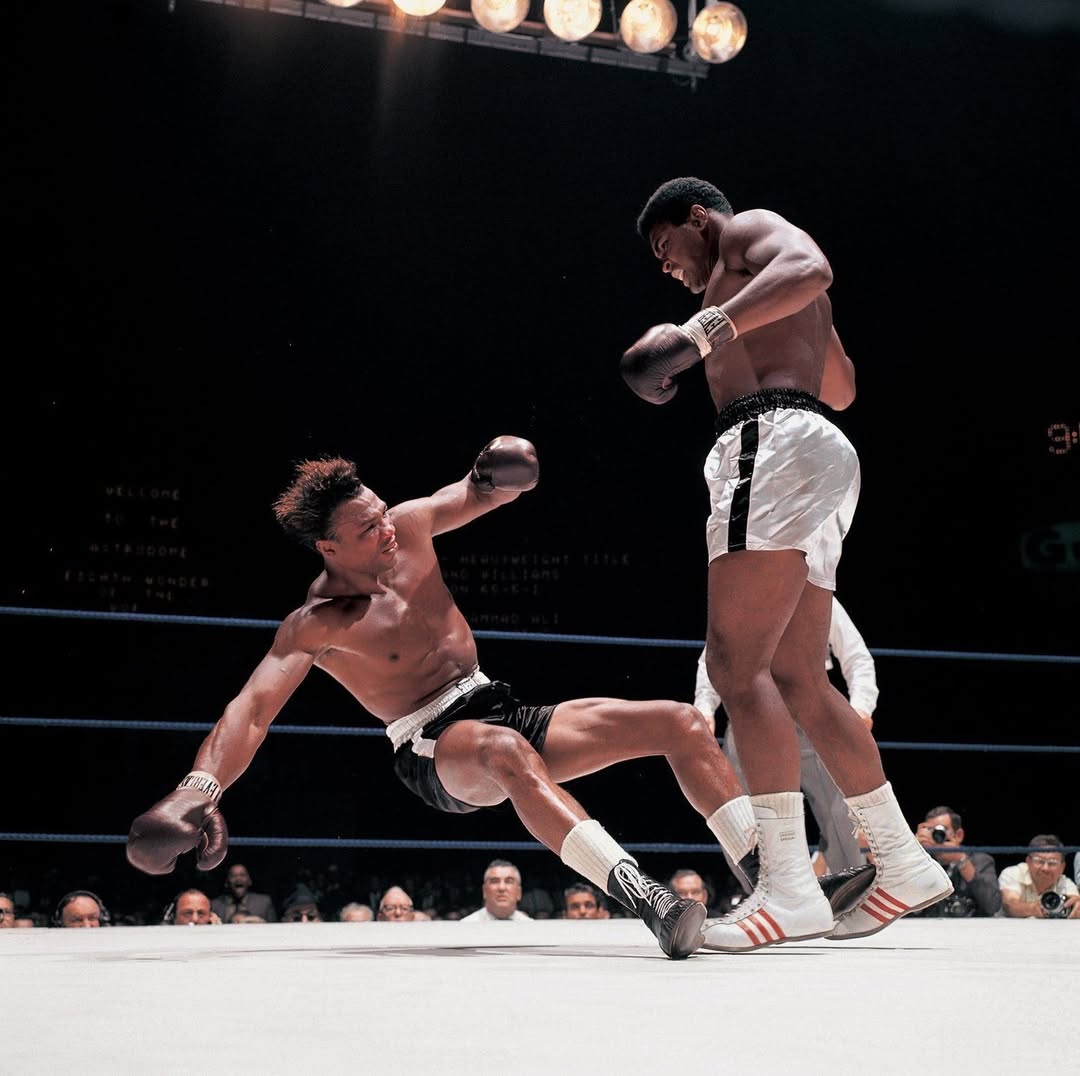
Muhammad Ali’s Boxing Career
Muhammad Ali’s boxing career is legendary. He became a world champion in 1964 at the young age of 22, defeating Sonny Liston in one of the biggest upsets in boxing history. Ali’s speed, agility, and unorthodox fighting style revolutionized the sport, making him a unique figure in the world of athletics. He became known for his famous phrase, "float like a butterfly, sting like a bee," which encapsulated his style of being fast on his feet, while delivering powerful punches.
Ali went on to win the World Heavyweight Championship three times during his career, a feat that was unprecedented at the time. Some of his most notable bouts included the "Fight of the Century" against Joe Frazier in 1971, the "Rumble in the Jungle" against George Foreman in 1974, and the "Thriller in Manila" against Frazier in 1975. These fights not only contributed to his legendary status as a boxer but also established Ali as a larger-than-life figure, transcending the world of sports.
RELATED: Who Inherited Muhammad Ali’s Estate?
Ali’s boxing style was characterized by his incredible footwork, quick jabs, and ability to take a punch while maintaining his stamina. His famous "rope-a-dope" strategy, used during the Rumble in the Jungle against Foreman, showcased his ability to absorb punishment and wear down his opponents. Ali’s career spanned over two decades, and despite taking breaks from boxing due to political and health issues, he managed to remain relevant in the sport throughout his career.
By the end of his career, Ali had fought in over 60 professional bouts, winning 56 of them and losing 5. His remarkable achievements earned him not just monetary compensation, but also a lasting legacy as the "Greatest of All Time" (GOAT) in boxing.
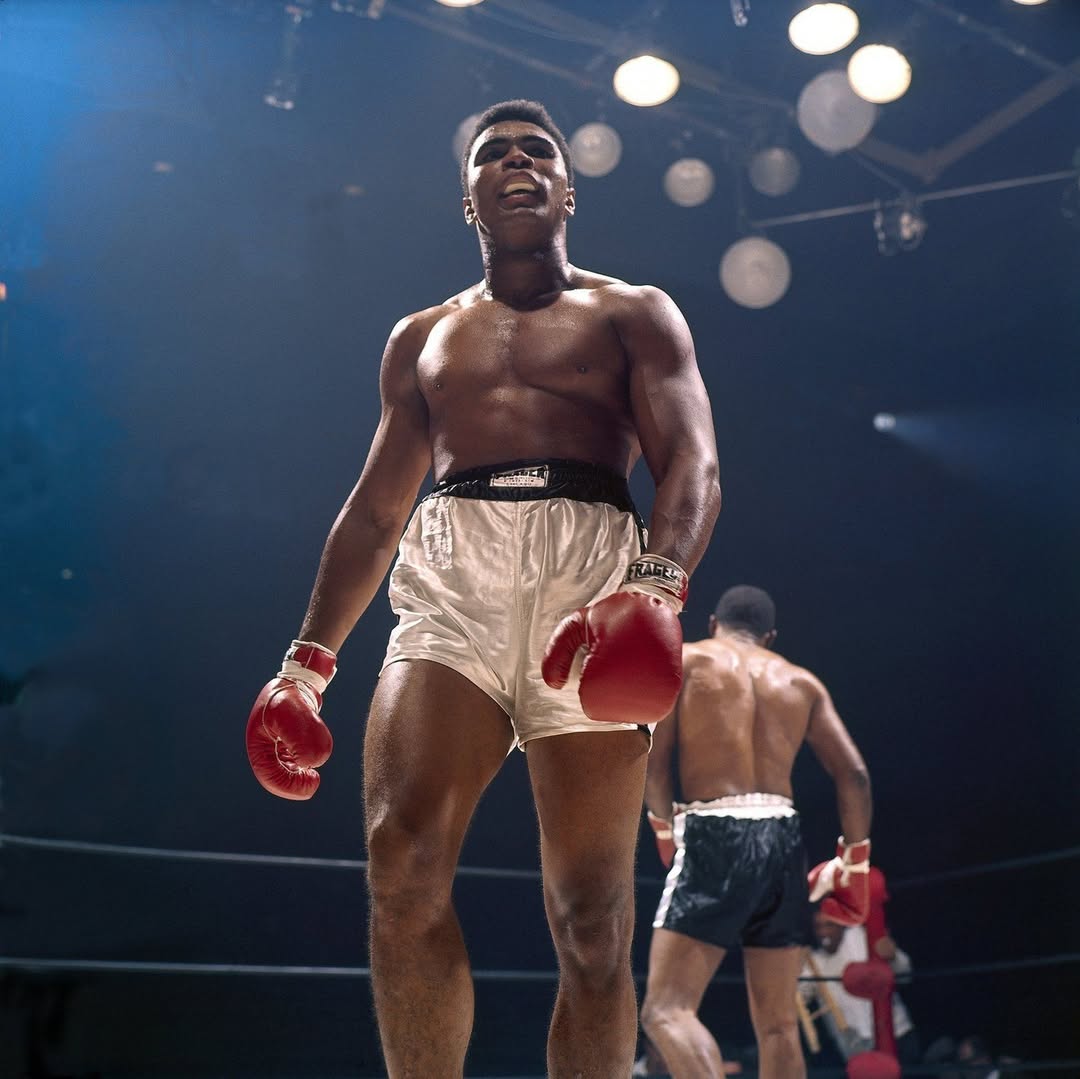
Post-Retirement and Financial Troubles
Despite earning millions during his boxing career, Ali’s financial situation became precarious after his retirement. His lavish lifestyle, combined with his lack of financial literacy and a series of poor investments, led him into debt. At one point, Ali was facing significant financial problems, owing large sums of money to creditors. Some of the debt was due to bad business deals, and some was a result of lavish spending habits.
Moreover, Ali’s boxing career was marred by controversy over his refusal to fight in the Vietnam War, citing religious and moral reasons. This decision led to his being stripped of his boxing titles, banned from the sport, and sentenced to prison for draft evasion. While his legal battles eventually ended in victory, the period of uncertainty caused significant financial strain, with Ali spending a substantial portion of his wealth on legal fees and other associated costs.
Additionally, Ali had to deal with health issues due to the long-term effects of his boxing career, particularly Parkinson’s disease, which was diagnosed in 1984. This further strained his finances, as he had to cover medical bills and treatment costs throughout his later years. Despite the financial difficulties, Ali continued to make appearances, engage in public speaking, and secure endorsement deals, helping to stabilize his financial standing in his later years.
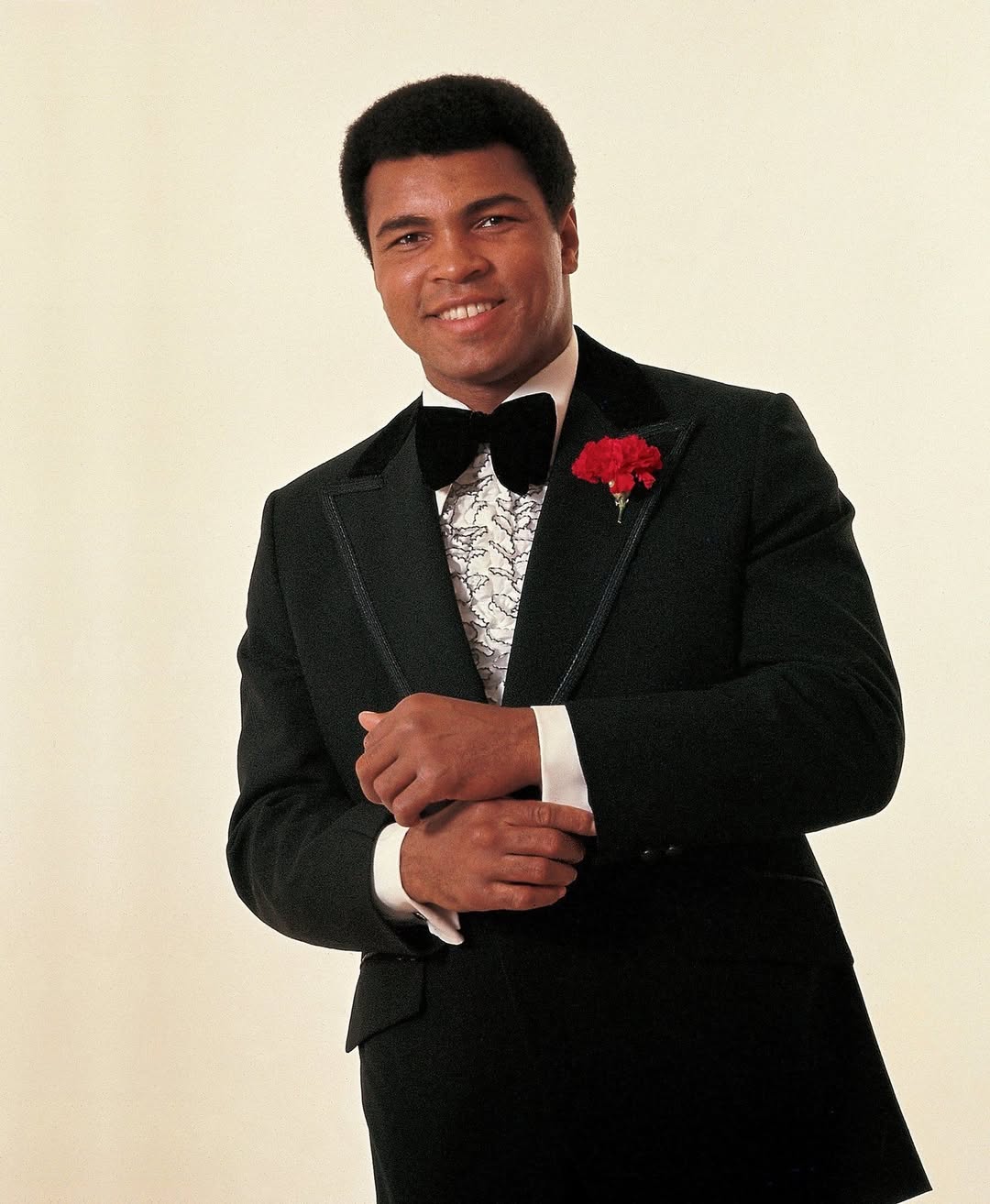
Did Muhammad Ali Donate Money?
Yes, Muhammad Ali was well-known for his charitable contributions and acts of generosity. Throughout his life, he donated millions of dollars to various causes and supported numerous charitable organizations. His contributions went beyond mere monetary donations—Ali also used his platform and fame to advocate for civil rights, racial equality, and humanitarian efforts.
Ali supported the Muslim community, the development of youth programs, and civil rights organizations. He gave back to his hometown of Louisville, Kentucky, where he established the Muhammad Ali Center, a nonprofit cultural center that promotes respect, understanding, and social responsibility. The center is dedicated to preserving his legacy and supporting young people in their personal development, much like Ali had supported himself in his younger years.
He also made significant contributions to organizations such as the Make-A-Wish Foundation and the Special Olympics. Ali’s activism extended to his support of African-American rights, gender equality, and anti-war movements, which made him a revered figure in the civil rights movement during the 1960s and 1970s.
Despite facing financial difficulties later in life, Ali remained a strong advocate for helping others, using his fame and fortune to support a wide array of charitable initiatives.
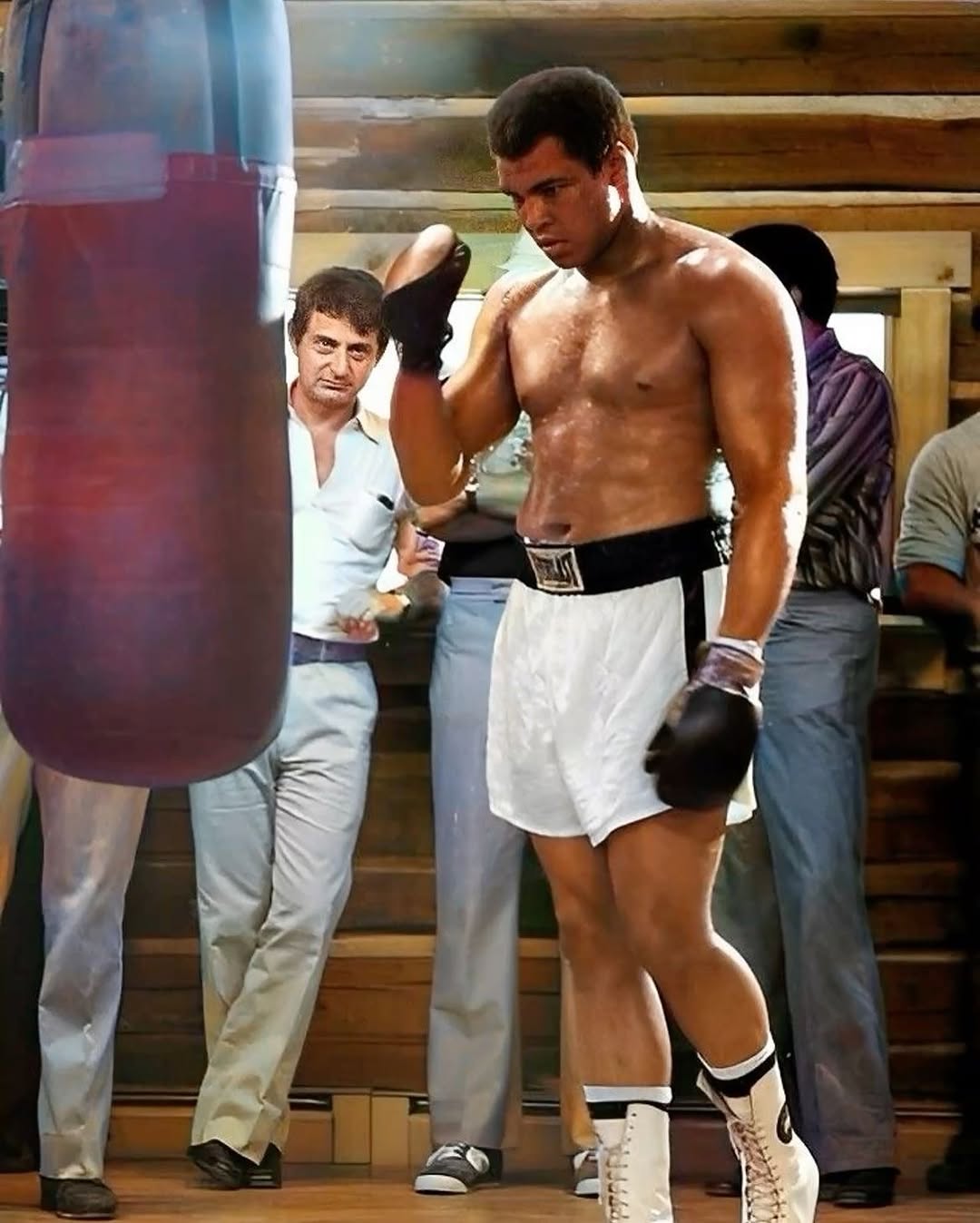
Who Owns Muhammad Ali’s Rights?
After Muhammad Ali’s death in 2016, the rights to his name, likeness, and intellectual property were transferred to his estate. The Muhammad Ali Estate is responsible for managing the licensing of his image and name, overseeing commercial deals, and maintaining his legacy.
In the years following his death, the estate has worked to ensure that Ali’s image continues to be used in ways that reflect his values. The estate has partnered with several companies to license Ali’s name and image for various merchandise, documentaries, books, and other commercial products. Additionally, the estate has worked with charitable organizations to promote Ali’s philanthropic efforts, including promoting causes like racial justice, religious tolerance, and humanitarian efforts.
RELATED: Claressa Shields' Net Worth 2025: Iconic Boxer's Wealth Revealed.
The Muhammad Ali Estate also maintains ownership of his intellectual property, such as his famous catchphrases and trademarks. These rights have generated significant revenue, helping to solidify Ali’s financial legacy after his passing.
Several of Ali’s family members, including his children, play an active role in managing the estate. His widow, Lonnie Ali, has been involved in the estate’s operations and overseeing its activities to ensure that the legacy of Muhammad Ali remains intact for future generations.
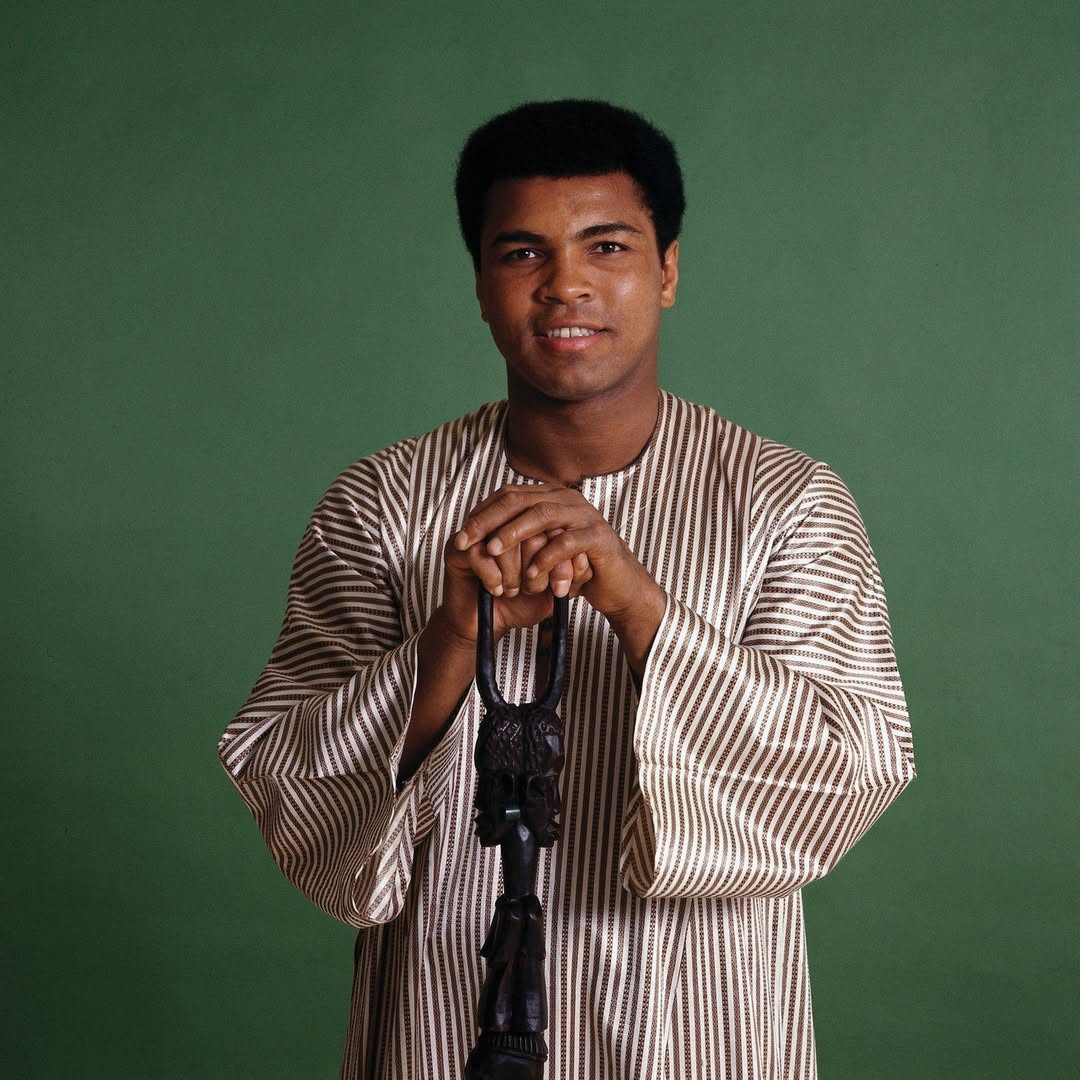
Why Was Muhammad Ali in Debt?
Despite earning millions of dollars throughout his career, Muhammad Ali’s financial situation became precarious for several reasons. One of the primary reasons for his debt was his lavish lifestyle. Ali enjoyed the fame and wealth that came with being a global icon, and he spent money on luxury homes, cars, and personal indulgences. Ali's lifestyle choices, combined with his lack of financial education, led to his financial downfall in the 1970s and 1980s.
Additionally, Ali faced significant legal expenses and lost substantial income due to his refusal to fight in the Vietnam War. His legal battles, coupled with the loss of his boxing titles and his exile from the sport, added further strain to his finances.
Poor investments and business ventures also contributed to his financial troubles. Ali’s financial advisors and managers made several unwise decisions on his behalf, which resulted in losses. However, as his career progressed, Ali sought to rectify his financial problems and began making smarter business decisions. He became more active in endorsement deals and speaking engagements, which helped him recover financially. Despite the challenges, Ali's net worth stabilized during his later years, particularly after he found ways to capitalize on his legacy and image rights.

Muhammad Ali’s Daughter’s Net Worth
Muhammad Ali’s daughter, Laila Ali, has built an impressive career in her own right. Laila followed in her father’s footsteps and became a professional boxer, where she went undefeated throughout her career, ultimately retiring with a 24-0 record. While Laila may not have reached the same financial heights as her father, she has accumulated significant wealth through her boxing career, endorsements, and business ventures.
As of 2025, Laila Ali’s net worth is estimated to be around $10 million to $15 million. She continues to make money through public appearances, endorsement deals, and her business ventures, which include a fitness line and various partnerships. Laila Ali is also known for her work as a television personality, motivational speaker, and philanthropist, which has helped her maintain her financial independence and grow her wealth.
RELATED: Laila Ali's Net Worth 2025: Boxing Heir's Fortune Explored.
In conclusion, Muhammad Ali’s net worth, career, and personal life were as complex as his boxing style. Despite facing financial challenges, including debt, poor investments, and medical costs, Ali’s legacy remains incredibly valuable. His influence transcended the world of sports, and his efforts as an activist, philanthropist, and businessman ensured that his financial legacy continues to thrive posthumously.
Ali’s daughter, Laila Ali, has also made a name for herself and continues to be financially successful. The Muhammad Ali Estate, which is managed by his family, ensures that Ali’s name and legacy will live on, generating substantial revenue from licensing and endorsements. Muhammad Ali’s life and career were filled with triumphs and tribulations, but his impact on boxing, social justice, and philanthropy remains undeniable.


